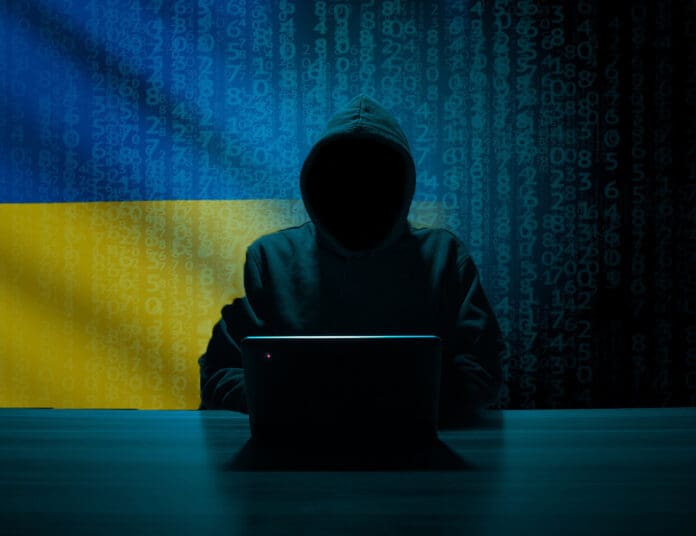This post is also available in:
 עברית (Hebrew)
עברית (Hebrew)
In a bold cyber-attack timed for Ukraine’s Independence Day, pro-Ukrainian hackers redirected Russian television broadcasts, replacing regular programming with footage highlighting battlefield losses and domestic crises. The hijack forced open a rare window into war realities before millions of viewers.
According to Kyiv Independent, over approximately three hours, the assault aired on 116 channels and reached an estimated 50,000 households. The content focused on Russia’s fuel shortages, disrupted water supplies in occupied Donetsk, Ukrainian strikes on oil refineries, and details of military setbacks. One message underscored the ongoing conflict’s stalemate: “Three and a half years into the war, and Putin has not fully captured a single Ukrainian region.”
Ukraine’s military intelligence division (HUR) referred to them as “local cyber partisans” in media briefings. However, no group has publicly taken responsibility
Screenshots and posts shared on social media platforms appear to verify the broadcast interruption. Yet, comprehensive corroboration remains limited and based largely on statements from Ukrainian sources and scattered online evidence.
This incident is the latest in a series of digital operations attributed to Ukrainian or pro-Ukrainian cyber actors since Russia’s full-scale invasion in 2022. In July, a significant cyberattack targeted the IT infrastructure of Gazprom, one of Russia’s largest energy companies, reportedly causing disruptions to its internal systems.
A group by the name of the Belarusian Cyber‑Partisans, speculated by some to have carried out this current attack as well, has recently carried out a massive cyberattack against Russian airline Aeroflot, causing disruptions and flight delays.
This broadcast hijack, reaching into homes and televisions, is particularly notable for its scale and symbolism. By turning TV screens into channels for battlefield and humanitarian reports, the hackers sought to pierce the fog of state-controlled narratives and deliver directly to the public unfiltered images of the consequences of war.
The incident highlights the evolving role of cyber operations in modern conflict—blurring lines between information warfare, public awareness, and strategic disruption in contested environments.


























